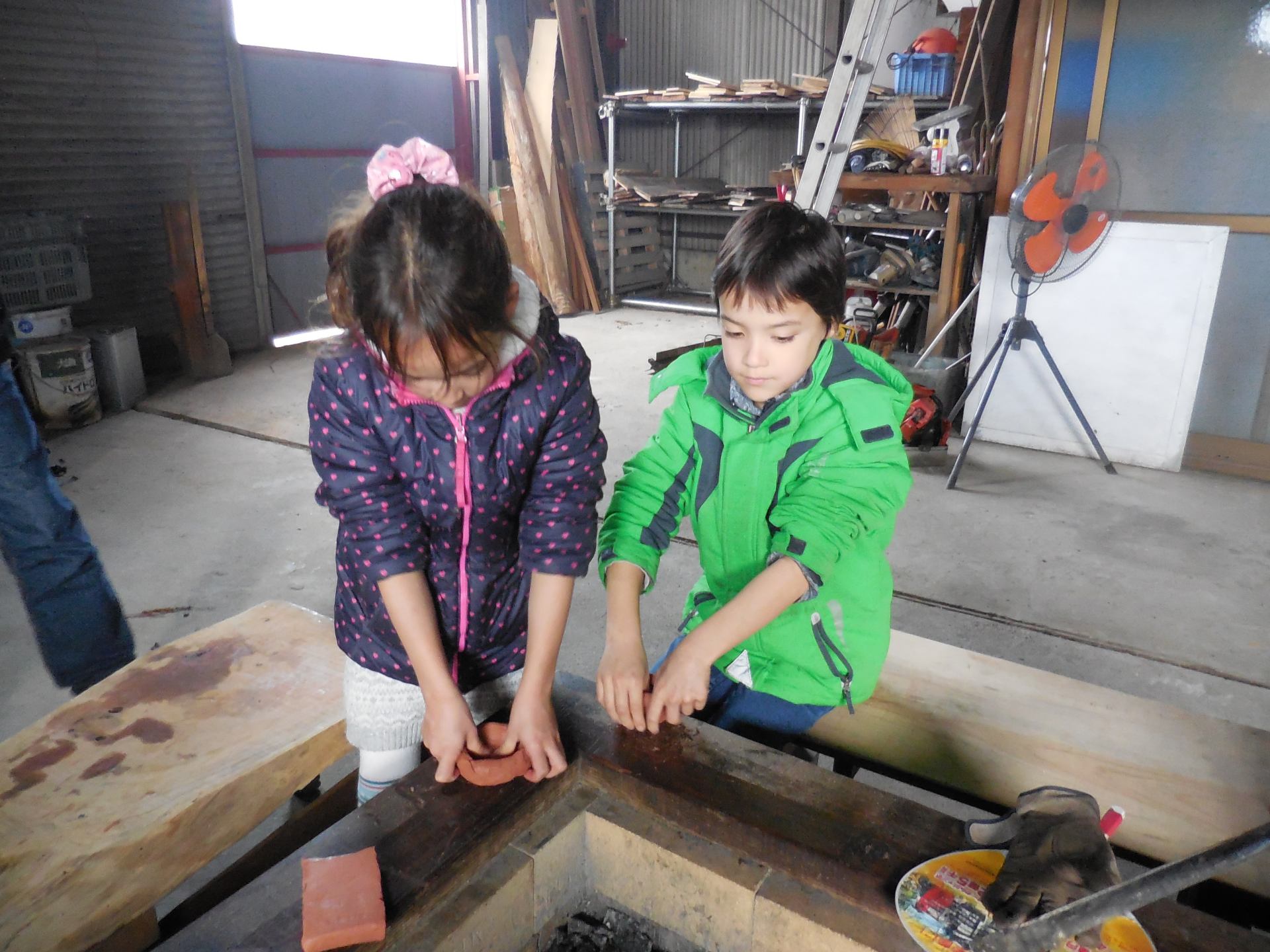Since Japan is not blessed with salt resources such as rock salt or salty lakes, salt has been produced from seawater using various salt-making methods since ancient times.
The calm Seto Inland Sea has long daylight and little rainfall, thus, many islands became famous for salt production.
Yuge Island is one of them, and for more than 300 years from the latter half of the 12th century, it served as the salt manor of Toji Temple in Kyoto, paying annual tribute in salt.
Many valuable records of the manor are preserved in the Toji Hyakugo Monjo Documents, a national treasure, and it is even said that Yuge Island is the most famous salt manor in Japan.
In 1981, the present emperor visited the island to explore its medieval history. Subsequently, its ancient documents were registered as a UNESCO Memory of the World Heritage in 2015, and furthermore, in October 2021, seven historical sites of the Yugejimano sho-iseki (Ruins) were designated by the government.
In order to learn, spread and communicate about Yuge Island's unique history of salt, people have established a non-profit organization called "Yuge-no-sho".
The activities include making salt in a flat kiln, based on the ancient method of making algae salt, as well as making earthenware, making salt in earthenware, historical research, selling salt, and other educational activities.
Many visitors, from children to adults, come to experience and observe the salt making process.
On the other hand, the long-standing excavation of salt manufacturing sites by Ehime University has unearthed salt manufacturing sites and artifacts that are proof of historical fact, and are a major key to opening up the history of salt in Japan.
Highlights
-
Yuge Island historically produced lots of salt.
-
The Islanders had a passion to revive the old salt production.
-
Have hands-on experience making salt.
-
Taste the salt you made.
-
5 kinds of salt is great as a souvenir.








